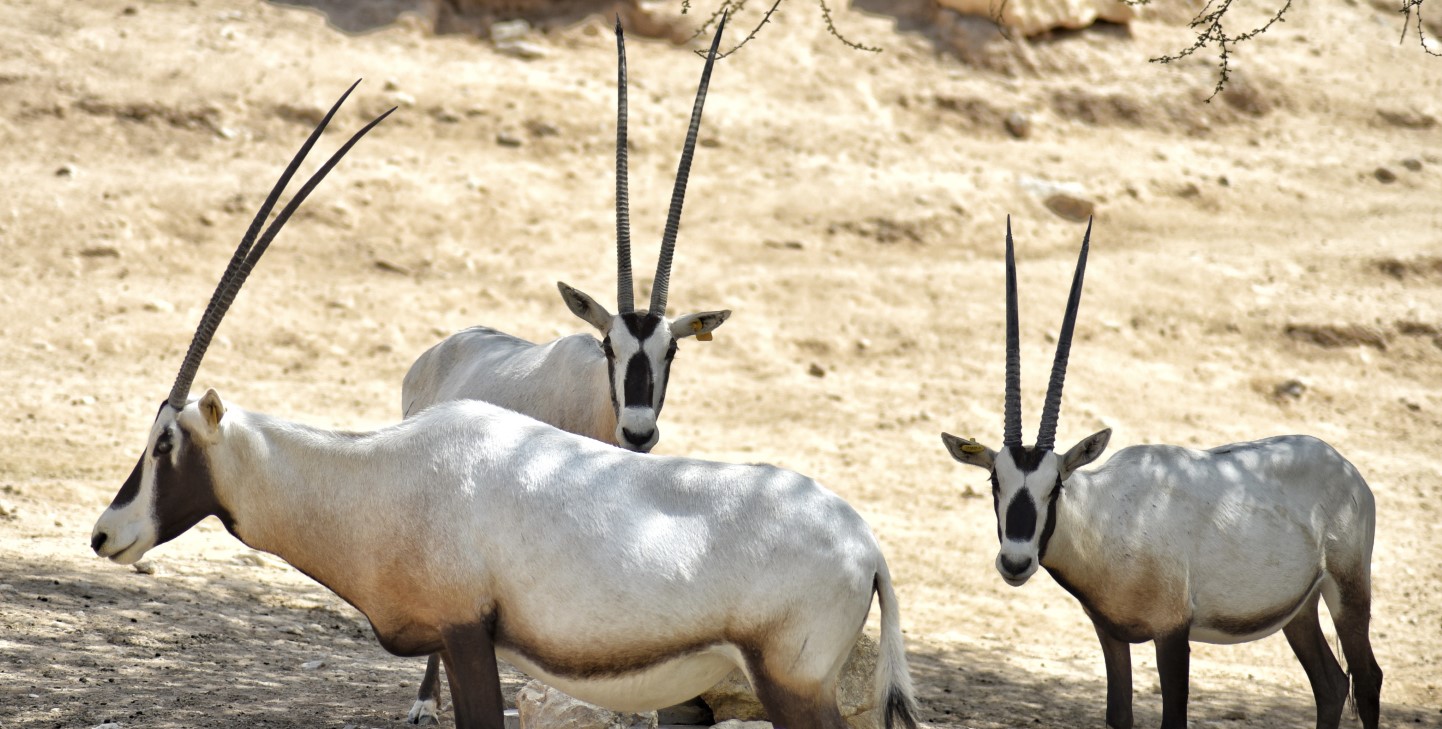From the postcard-perfect Coral Bay to the hidden beauty of Secret Cove, these spots promise stunning photos and unforgettable views.
GVI
Posted: August 29, 2024

Petrina Darrah
Posted: May 3, 2023
The earth is home to millions of different species that contribute to the functioning of the planet’s ecosystems. These species help regulate the climate, purify the air and water, pollinate plants, and provide food and other resources. However, many of these species are under threat from a variety of human activities, and their decline has serious consequences for the environment. In this article, we will explore how endangered species affect the environment and why it is essential to protect them.
Biodiversity is the variety of life on earth and the interactions between different species. Endangered species are an essential component of biodiversity, and their loss can have a profound impact on the ecosystem. Endangered species contribute to biodiversity by playing unique roles in their ecosystems, such as pollinators, predators, and prey. When these species disappear, the ecosystem’s balance is disrupted, and other species may be negatively affected.
Moreover, the loss of biodiversity has other negative effects. For example, it can make ecosystems more vulnerable to environmental stressors, such as pollution, climate change, and disease. This is because diverse ecosystems are more resilient and can adapt to changes better than less diverse ecosystems. Therefore, protecting endangered species is essential to maintain the biodiversity that is critical to the planet’s health.
Ecosystem services are the benefits that people receive from the functioning of ecosystems. These services include air and water purification, carbon sequestration, and the provision of food and raw materials. Endangered species contribute to ecosystem services by providing essential functions such as pollination, seed dispersal, and nutrient cycling.
For example, bees are a keystone species that plays a critical role in pollinating plants, which is essential for food production. However, the decline of bee populations due to habitat loss, pesticide use, and climate change has significant consequences for food security and ecosystem health. Similarly, the loss of large predators such as wolves can affect the balance of an entire ecosystem by causing changes in prey populations, vegetation, and other factors.

Trophic cascades are indirect effects that species have on other species in their ecosystem. For example, the loss of a predator can have a cascading effect on other species in the food web. Endangered species can cause trophic cascades by altering the abundance and behaviour of other species in their ecosystem.
For example, the decline of sea otters in the Pacific Northwest led to an increase in sea urchin populations. The sea urchins, in turn, overgrazed on kelp forests, which had negative consequences for other species that depend on kelp. Therefore, protecting endangered species is essential to prevent trophic cascades that can have significant consequences for ecosystem health.
Endangered species also have economic value, particularly through ecotourism. Ecotourism is a form of tourism that focuses on visiting natural areas and observing wildlife. Many endangered species are charismatic and can attract significant numbers of tourists, generating revenue for local communities and conservation efforts.
For example, the mountain gorillas in Rwanda and Uganda are a major draw for ecotourism, bringing in millions of dollars in revenue annually. Similarly, whale watching in places like Alaska and Hawaii generates significant economic benefits. However, the decline of endangered species can have negative consequences for ecotourism and the economy.
To protect endangered species, various conservation efforts are necessary. One of the most critical tools for conservation is the Endangered Species Act, a US law that provides protection for endangered and threatened species and their habitats. Habitat restoration and species reintroduction are other strategies used to protect endangered species.
Habitat restoration involves restoring degraded habitats to their natural state, which can provide suitable habitats for endangered species. This can involve measures such as reforestation, wetland restoration, and removing invasive species. Species reintroduction involves releasing captive-bred or translocated individuals back into their native habitat to help restore populations.
For example, the black-footed ferret was once considered extinct in the wild but was reintroduced to its natural habitat in the United States through captive breeding programs. The program has been successful, and the population has recovered to around 300 individuals in the wild.
One way people can help endangered species is by volunteering in wildlife conservation projects with GVI. GVI offers a range of wildlife conservation projects around the world, from sea turtle conservation in Costa Rica to elephant conservation in Thailand. By volunteering with GVI, individuals can make a direct contribution to conservation efforts while gaining valuable skills and knowledge about wildlife and conservation.
Volunteers can assist with activities such as monitoring endangered species, habitat restoration, and community education. They can also help with data collection and analysis, which is essential for monitoring population trends and assessing the effectiveness of conservation efforts. Additionally, volunteering with GVI provides an opportunity to learn about the cultural and social factors that impact conservation and develop cross-cultural communication skills.
In conclusion, endangered species play crucial roles in the functioning of ecosystems and the provision of ecosystem services. They contribute to biodiversity, maintain ecosystem balance, and have economic value through ecotourism. The decline of endangered species can have severe consequences for the environment, including trophic cascades, reduced ecosystem services, and negative effects on the economy.
Therefore, protecting endangered species is critical to maintaining ecosystem health and biodiversity. Conservation efforts such as the Endangered Species Act, habitat restoration, and species reintroduction are essential tools in protecting endangered species. It is essential to recognize the importance of endangered species in the environment and take action to protect them for the benefit of both the planet and humanity.
By Petrina Darrah

From the postcard-perfect Coral Bay to the hidden beauty of Secret Cove, these spots promise stunning photos and unforgettable views.
GVI
Posted: August 29, 2024